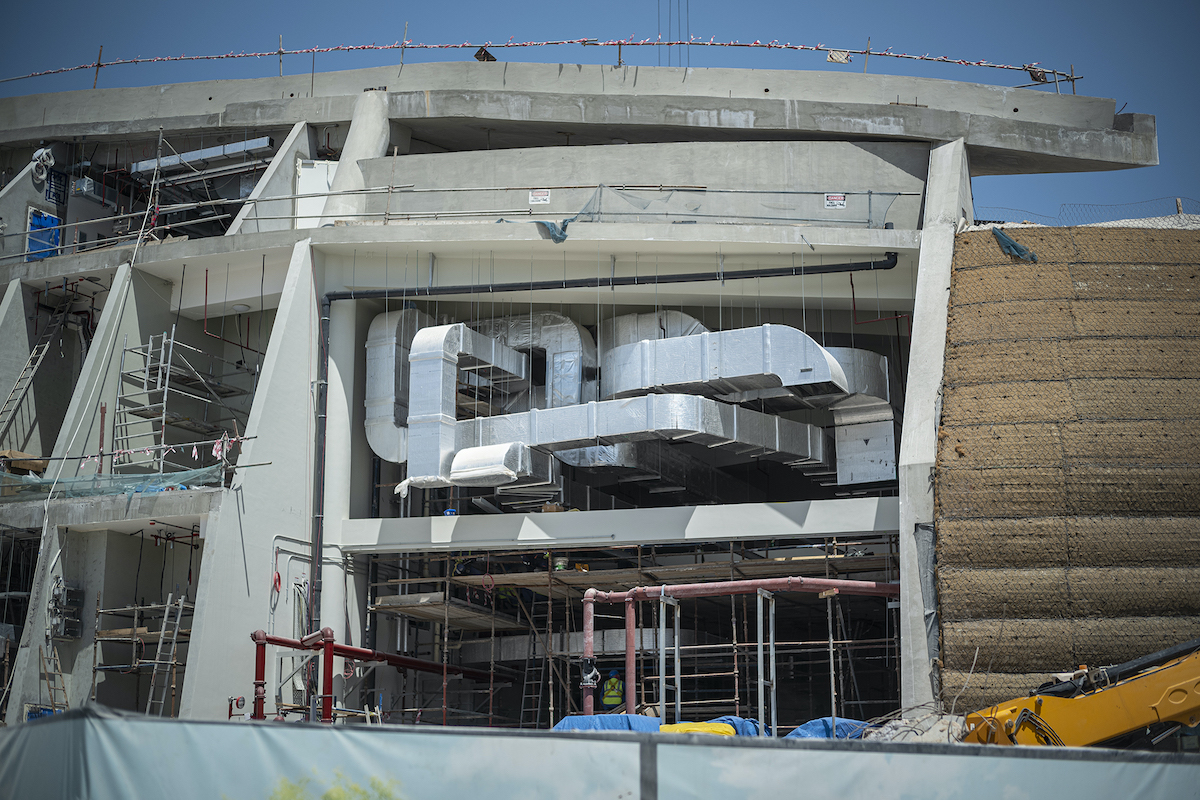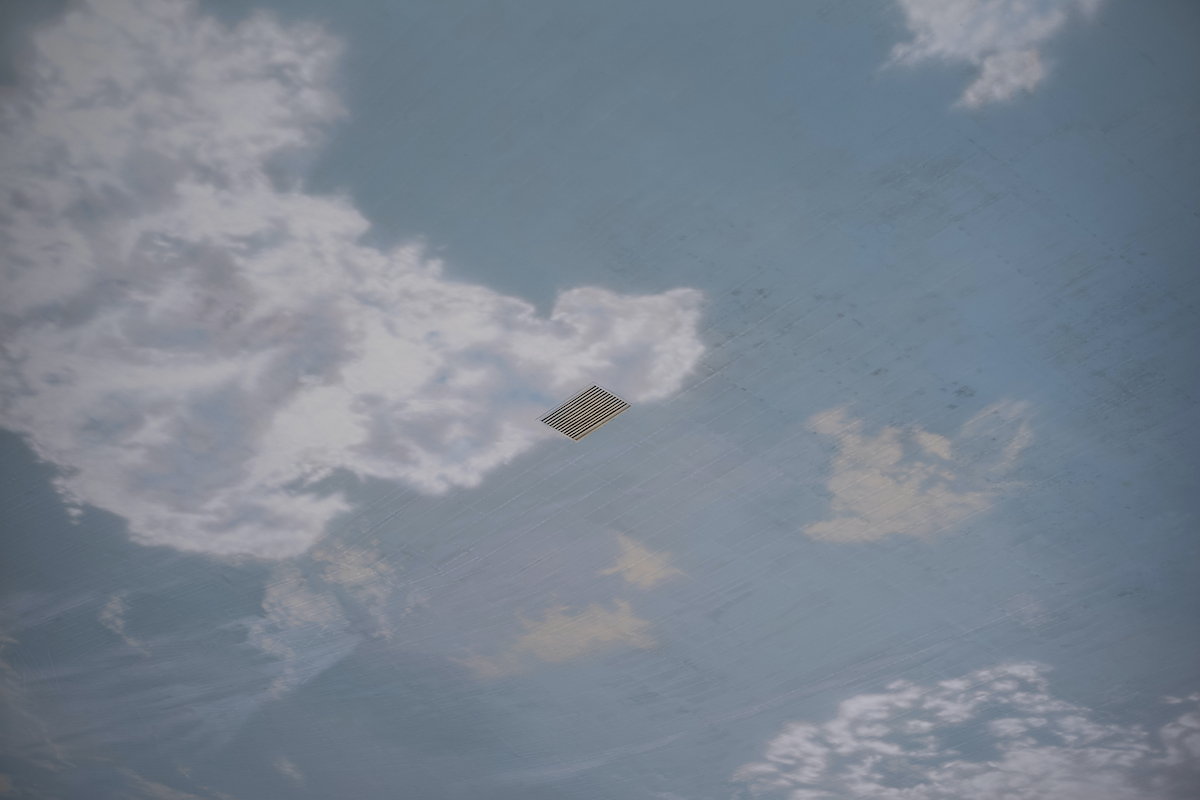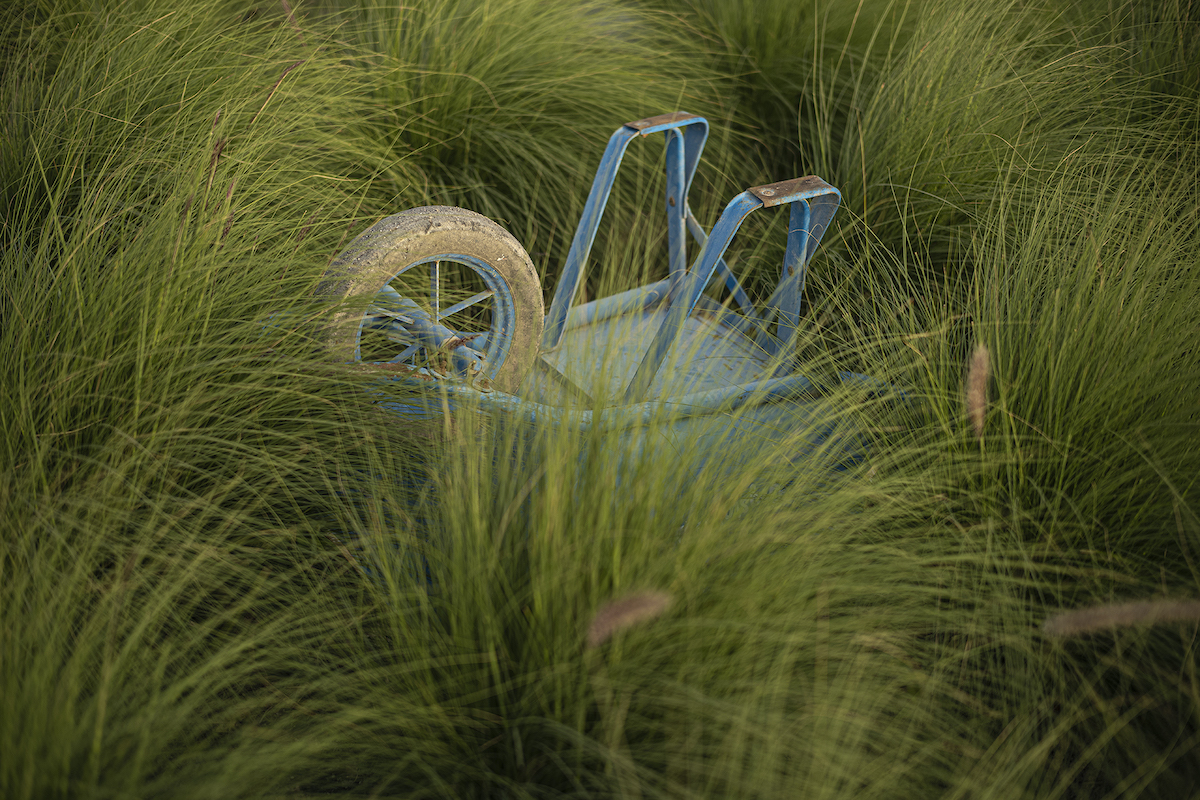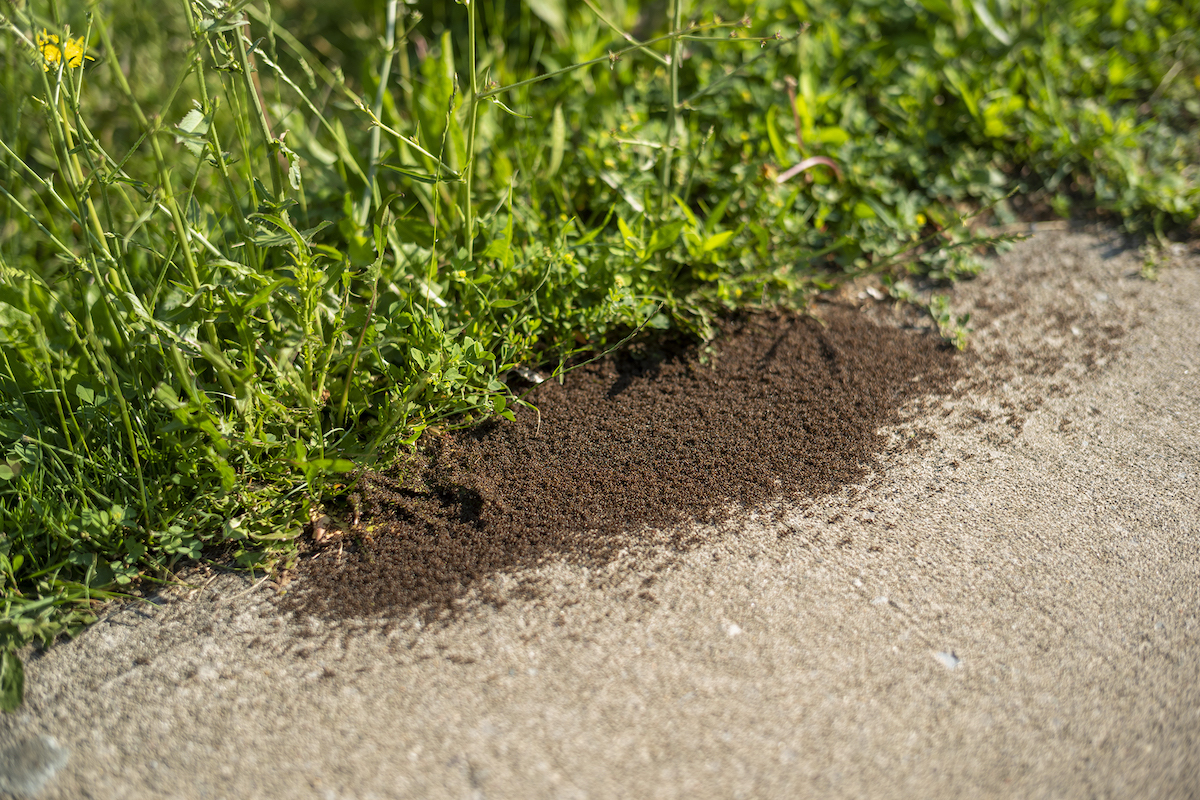John Venditti is a Doha based artist and arts educator. Originally from St. Catharines, Ontario, Canada, he has also lived and worked in Seoul and Saigon. Connecting his own experience living in varied socio-political and ecological landscapes, Venditti works in photography, printmaking and film to consider the interconnectedness between concepts of nature, labour, and capital in relation to the construction of representations and understandings of what we call ‘landscape’. He has exhibited his work in the US, Canada, Cuba and Qatar.
Through the medium of photography, Poetic Archaeology presents indexical evidence, the indelible traces of material histories. Delving into stratifications of the natural world, the photographic project seeks to consider, reveal and critique systems of social, political, economic and ecological relationships under late capitalism. Like archaeological clues, histories, stories and connections are built from signs and evidence, not in an attempt to construct a reality, but as a way to consider each fragment as a part of something too complex to assemble into one coherent whole.
John Berger describes natural elements added to captive animal habitats as tokens suggesting some connection to the animal’s original landscape, “the dead branches of a tree for monkeys, artificial rocks for bears, pebbles and shallow water for crocodiles.” These additions, artificial reiterations of the natural, serve two functions: “for the spectator they are like theatre props: for the animal they constitute the bare minimum of an environment in which they can physically exist.” Poetic Archaeology explores and points to these tokens and their pure illusion, reveling in and revealing this world of radical artifice.




